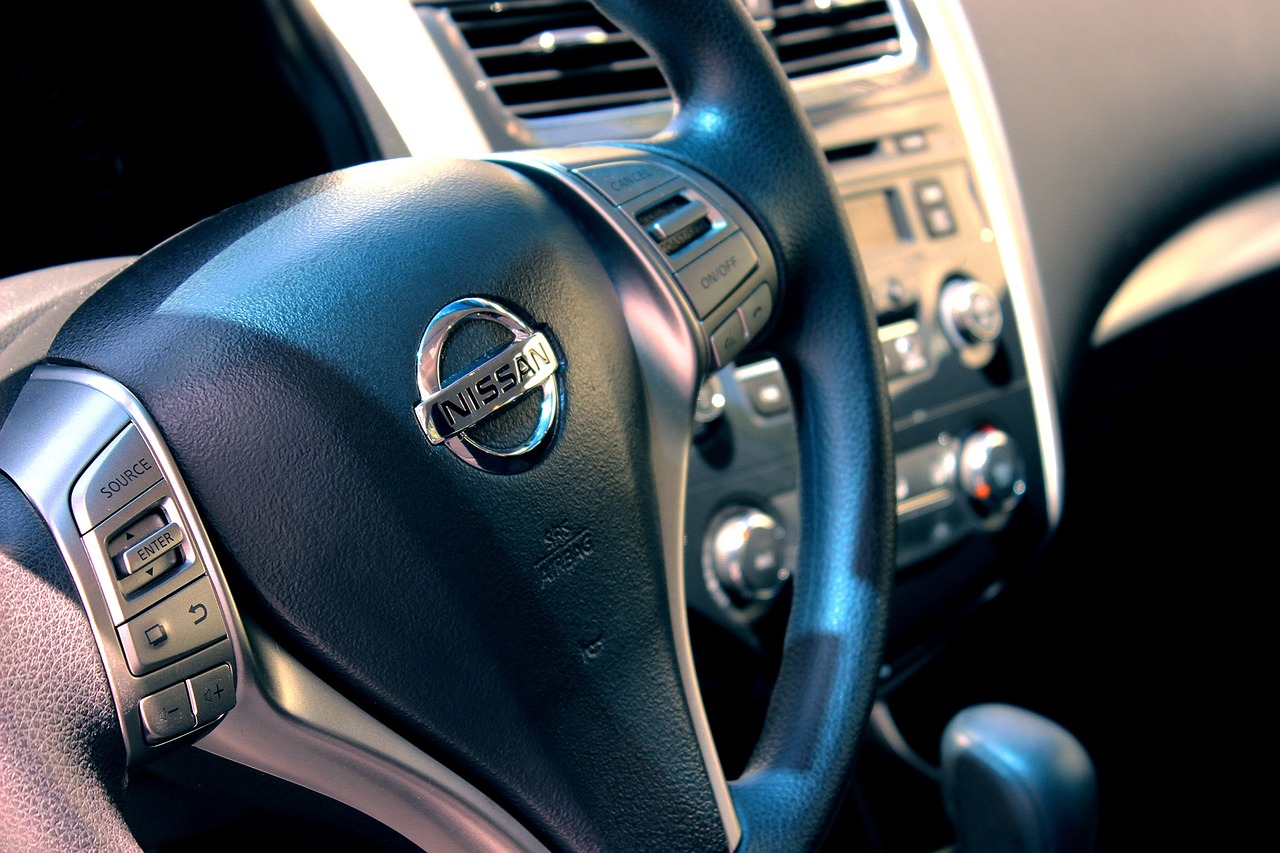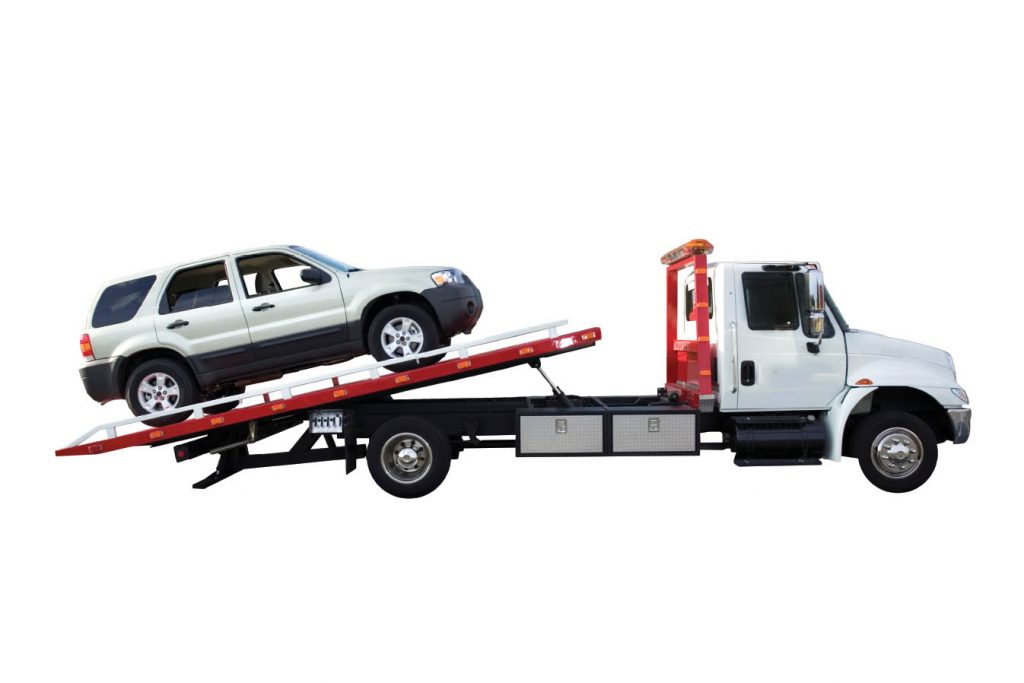
Major Challenges Self-Driving Cars Still Have to Deal WithMajor Challenges Self-Driving Cars Still Have to Deal With
Revolutionary advancements in technology have paved the way for self-driving cars to become a reality. With promises of increased safety, improved efficiency, and reduced congestion on our roads, it’s easy to see why autonomous vehicles are generating so much excitement. However, as with any groundbreaking innovation, there are still significant challenges that must be addressed before we can fully embrace this futuristic mode of transportation.
Unpredictable Road and Weather Conditions
While these vehicles are equipped with advanced sensors and algorithms to detect obstacles, they still struggle when faced with unexpected situations. For instance, heavy rain or snow can impair the visibility of cameras and lidar sensors, making it difficult for self-driving cars to accurately perceive their surroundings. Slippery roads also pose a challenge, as autonomous vehicles need to adjust their driving behavior accordingly. Furthermore, road construction zones or detours may not be accurately mapped in real-time on navigation systems, causing confusion for self-driving cars. Unmarked lanes or faded lane markings can also cause errors in perception and decision-making.
Luckily, advanced artificial intelligence algorithms along with HD map integration are being developed to better handle adverse weather conditions by utilizing additional data sources such as radar technology.

Traffic Conditions
Navigating through busy roads filled with vehicles, pedestrians, and cyclists can be a complex task for an autonomous vehicle. The ability to accurately detect and interpret traffic signs, signals, and lane markings is crucial for safe navigation. In addition to following traffic rules, self-driving cars also need to anticipate the actions of …


 Before you start your search for a new sedan, it’s essential to have a good idea of the size you need and how many people you’ll be carrying regularly.
Before you start your search for a new sedan, it’s essential to have a good idea of the size you need and how many people you’ll be carrying regularly.



 Check if the Oil Level is Fine
Check if the Oil Level is Fine There are different kayak holders that are designed to transport kayaks and others made for sporting luggage and goods. If you need a multi-purpose rack, ensure it fits your kayak. You do not want to try something that is not meant for this purpose only to end up causing unnecessary damage to the kayak and your vehicle. Moreover, you should make sure it accommodates the dimensions of the kayak.
There are different kayak holders that are designed to transport kayaks and others made for sporting luggage and goods. If you need a multi-purpose rack, ensure it fits your kayak. You do not want to try something that is not meant for this purpose only to end up causing unnecessary damage to the kayak and your vehicle. Moreover, you should make sure it accommodates the dimensions of the kayak. When you compare the cost of mobile auto glass repair to a traditional windshield repair shop, a mobile service is less expensive. You should note that a mobile service that specializes in glass repair means that they can keep the costs affordable and low. On the other hand, most windshield replacement shops may replace the entire windshield rather than repairing it.
When you compare the cost of mobile auto glass repair to a traditional windshield repair shop, a mobile service is less expensive. You should note that a mobile service that specializes in glass repair means that they can keep the costs affordable and low. On the other hand, most windshield replacement shops may replace the entire windshield rather than repairing it.





 If you want to buy the best tires that will last you as long as you wish, then you need to make sure that you go for the right brand. The problem with many people is that they want to go for those cheap brands because they believe that that way, they can save a lot of money. If that has been you notion as well, then it is high time that you get rid of it and start looking at things from a reasonable perspective. Quality brands will always have a good reputation.
If you want to buy the best tires that will last you as long as you wish, then you need to make sure that you go for the right brand. The problem with many people is that they want to go for those cheap brands because they believe that that way, they can save a lot of money. If that has been you notion as well, then it is high time that you get rid of it and start looking at things from a reasonable perspective. Quality brands will always have a good reputation.